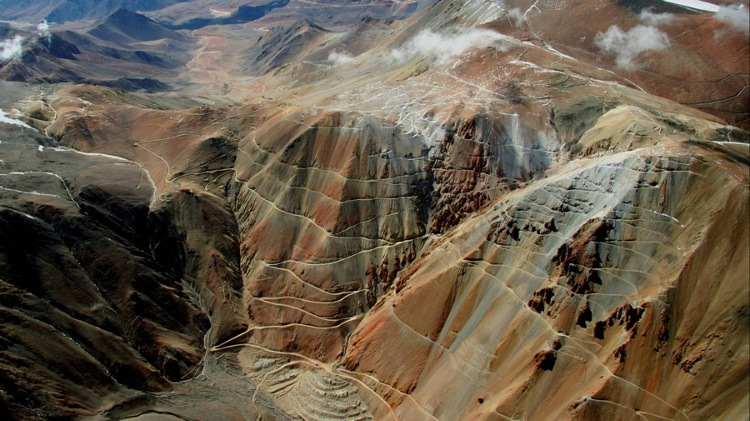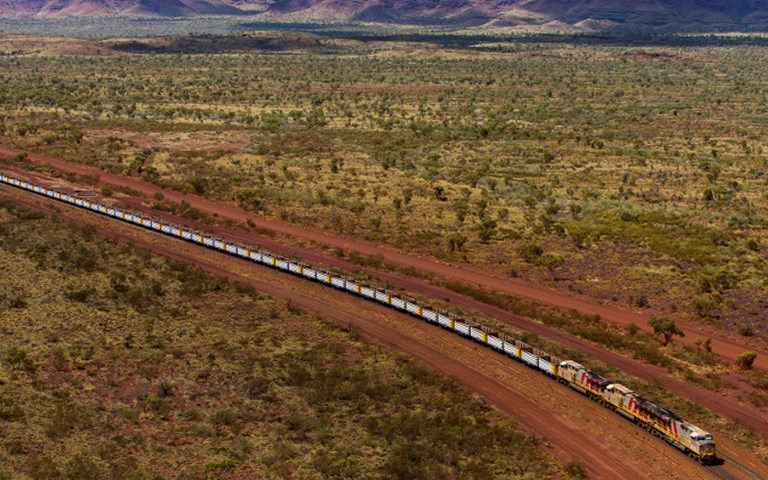The path to Rio Tinto's first-ever "intelligent mine" has been paved by its ongoing automation work in the Pilbara, including its AutoHaul project, to automate its rail transport system. Courtesy of Rio Tinto
Rio Tinto approved an initial US$146-million investment in its first-ever “intelligent mine,” the Koodaideri iron ore project in the Pilbara region of Western Australia.
Stephen McIntosh, Rio Tinto’s Growth and Innovation Group lead, told CIM Magazine in July that Koodaideri will implement autonomous drilling, haulage, and rail transport. He added that all the designs are digital and that all the mine’s components are first being built in 3D models, which will become digital twins for maintenance once the elements have been constructed.
“It’s digital from the ground up,” McIntosh said.
The company said the project will also incorporate robotics.
The new investment will go towards detailed engineering work and development of a rail construction camp and the first stage of the mine’s accommodations. Rio Tinto said it expects to make a final decision on the project by the end of the year.
Related: There is no doubt the future of mining is automation. But what does that look like, and how will we get there?
“We’ve been building mines in the Pilbara for over 50 years, and, subject to final approvals, Koodaideri will incorporate all of that knowledge to enable us to build the smartest, safest and most efficient mine we’ve ever constructed,” said Chris Salisbury, Rio Tinto’s head of iron ore, in a press release.
Rio Tinto said that if the project is approved, construction would begin in 2019, with production planned for 2021. The mine would create 2,000 jobs during construction and 600 permanent jobs during operation.
In recent years, Rio Tinto has been expanding its fleet of autonomous haul trucks and automating its rail line at its existing Pilbara operations, part of a digitalization project called Mine of the Future.
The announcement was part of Rio Tinto’s second quarter result released on Wednesday. The company announced net earnings of US$4.38 billion in the first half of 2018, as well as a 34 per cent increase in investments in capital expenditures from last year, to $2.4 billion from $1.6 billion.



